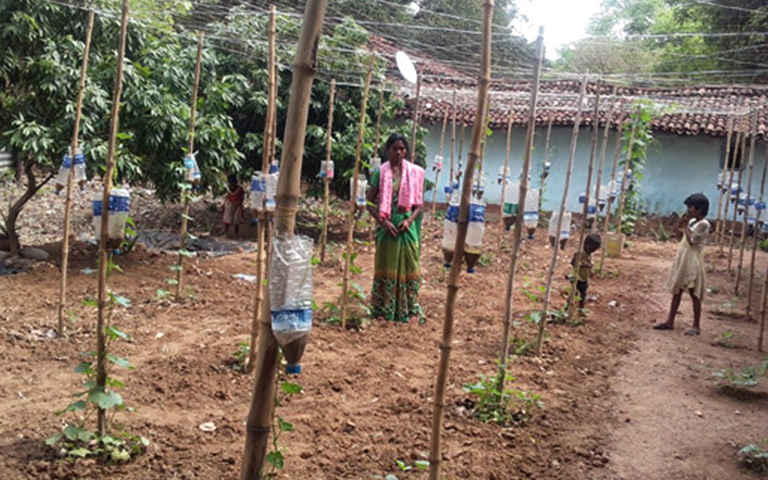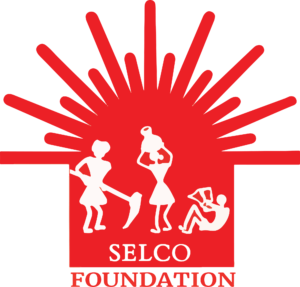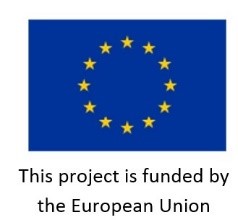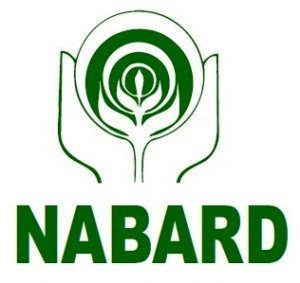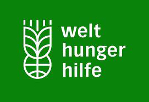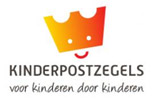Water for crop is scare for the people living in drought prone Khunti district of Jharkhand. Fluctuation in normal rainfall pattern resulted into scarcity of water for irrigation even in monsoon season. Pre and post-monsoon farmers keep their field fellow. In such condition drip irrigation technique serve the purpose of efficient utilization of water to address drought like situation, but it is an expensive input for the small and marginal farmers to invest.
In this situation drip irrigation using waste plastic water bottle has been introduced by Indian Grameen Service (IGS) to serve the purpose of growing important vegetables (creepers). The single-used plastic water hung above every plant with the rope in multi-layer cultivation system. The water trickle down upto the root zone and ensure moisture in the soil for entire day. Adding to this, use of dried Azola as mulching substance helps in reducing the evaporation of water from the soil. The system drastically reduced dependency on flood irrigation.
The system is successfully adopted by the members of Raat Rani Mahila Samiti in Jarco village of Khunti. This is an easy to adopt technology for the resource poor farmers and also helps the planet by recycling the plastic bottles.
Indian Grameen Service (IGS), is one of the partners of IGSSS implementing “Creating Livelihoods Under Drought-CLAD” project in Jharkhand – Report by Susmita Ghatuary, Programme Officer.

Kitchen Garden in urban slum
Aasma is a 45 year old woman, who lives in Sachiwalaya Colony with her mother and brothers. Her mother is the only bread winner of the family. She would sell vegetables in the market to earn bread & butter for the family. Her mother used to purchase vegetables from market and would sell them in the local road side market.
Aasma was worried about her family condition and was looking for earning opportunities. When team members from Ankur Yuva Chetna Shivir visited her, they observed that there was some unused land available in front and side of the slum. The team suggested her to cultivate some vegetables in the vacant spaces. Her mother could sell them in the market and the income would help the family.
 The team supported her in mapping of land and suggested cultivation of vegetables. The team guided her and she started cultivating pumpkin, colocasia vegetable and few other vegetables along with her mother. This small venture became very successful as selling of vegetables not only fetched good income and they also used the spare vegetables for self-consumption, which became part of a healthy diet. It turned out to be a successful initiative in the perspective of nutrition and livelihood.
The team supported her in mapping of land and suggested cultivation of vegetables. The team guided her and she started cultivating pumpkin, colocasia vegetable and few other vegetables along with her mother. This small venture became very successful as selling of vegetables not only fetched good income and they also used the spare vegetables for self-consumption, which became part of a healthy diet. It turned out to be a successful initiative in the perspective of nutrition and livelihood.
This model can be replicated to elsewhere in similar conditions to reduce pollution and minimizing waste disposal issues in urban areas while meeting dietary needs.
Ankur Yuva Chetna Shivir is one of the partners of IGSSS implementing “Samaveshi Seher” project in Lucknow – Report by Savita Verma, Assistant Manager

